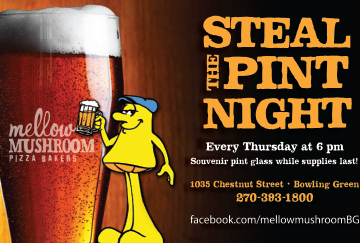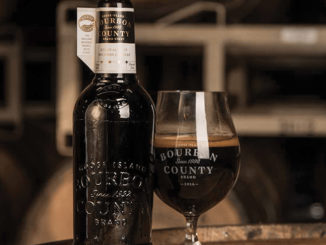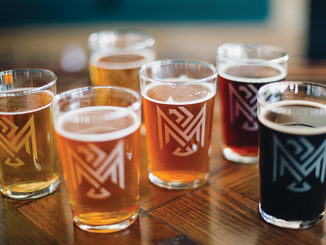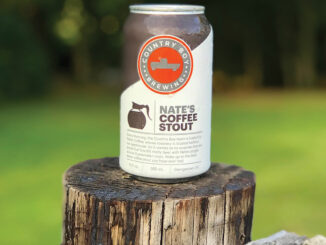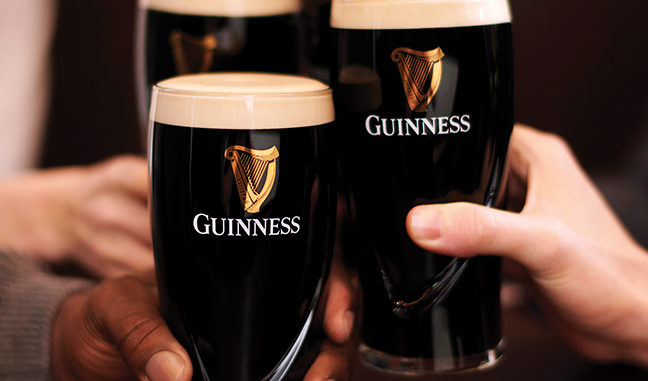
When Americans think of the month of March and beer, St. Patrick’s Day is one of the first things that comes to mind. Many Americans use the holiday as an excuse to drink and, as far as beer is concerned, there is only one king this night: Guinness. Even though it’s a much bigger holiday here than it is even in its home country of Ireland, I thought this would be a good chance to talk about Guinness and some of its history.
In 1759, Arthur Guinness started brewing beer after he signed a 9,000 year lease. Obviously, he was just planning ahead. By 1886, Guinness was putting out over a million barrels a year, and by the 1930’s, Guinness had become the seventh largest company in the world. In 1959, Guinness made the change from carbon dioxide to nitrogen in order to allow the beer to be put under higher pressures without becoming too bubbly. The little plastic ball inside of Guinness cans and bottles is called a “widget” and that is what provides the nitrogen when the beer is not on tap.
There are many variations of Guinness available today all over the world. Guinness Draught is the classic and most commonly available Guinness. Guinness Extra Stout is a higher ABV version with a similar flavor but a bit more alcohol. Guinness Foriegn Extra Stout is an unfermented wort extract which Dublin ships around the world and each country brews it themselves with local ingredients, giving it a variation of characteristics and flavors depending on where you buy it. In the United States, it’s around 7.5 percent and can vary in other parts of the world anywhere from 5-8 percent. Guinness Red is very similar to Guinness other than the lighter roasting of the malts, giving the beer a slightly lighter and fruitier taste. Lastly is Guinness Blonde, which is an American lager brewed in Pennsylvania using American ingredients with Guinness yeast.
Irish pubs exist all over the United States, and a majority of them are owned by actual Irish men and women or Irish-Americans. Many of them understand we aren’t in Ireland and many of us Americans don’t know the proper way to order or drink Guinness. The ordering is less important, since we are in another country, but I can tell you how you’re drinking Guinness wrong and how doing it the right way can impress your local Irish pub owner. First things first: this is more of a guide if you’re traveling across the pond to visit Ireland and order in a legitimate pub surrounded by the locals. You’ll want to ask for a pint. That’s all you need to say if you want a Guinness because they’ll assume you do. Next, if the bartender pours you half a beer and walks away, don’t say anything, it’s just settling. Nitro beers use nitrogen instead of carbon dioxide to push the beer through the lines, giving it a smoother and creamier mouthfeel. I’m sure if you’ve had a Guinness or any other nitro stout on tap before, you’ve seen how it slowly effervesces for a minute or two until there’s a clear separation between the white head of the beer and the black body. Once they return to finish pouring the beer, you can then pay for it and go back to your table or wherever it is you’re drinking. Do not drink the beer yet. This is something I’m told causes fights to break out. In Irish culture, you must wait until the beer has fully settled and the nitrous has separated the head from the body and most of the head has receded. You may now drink your Guinness as it was meant to be had by the tried and true way of the Irish Pub, and no one will hit you in the knees with a bat. This is of course not the common way to do it in the States, and if you do take my advice, make sure not to be “that guy” about it and start telling people you learned that on your last trip to Ireland. Sláinte!
-by Josh Helton

